I think it's more about where you draw the line between red and brown, which is individual and cultural. Apparently, my view on this might be a bit controversial. I first saw the old Georgian flag as a small child that did not know fancy words like "burgundy" and "maroon". It seemed brown to me, and so it has remained in my mind, even if it would be more exact to describe it as some nuance brownish shade of red, or reddish shade of brown.
You can also have a look at the Wikipedia page with shades of brown, and I'm sure you will find that people can be way crazier than me when it comes to describing things as brown. Like, how can wheat, bone, moles or black olives be brown?



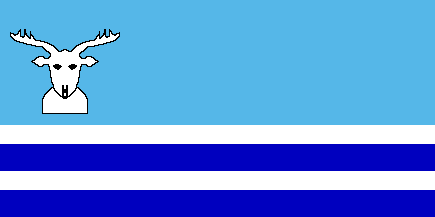















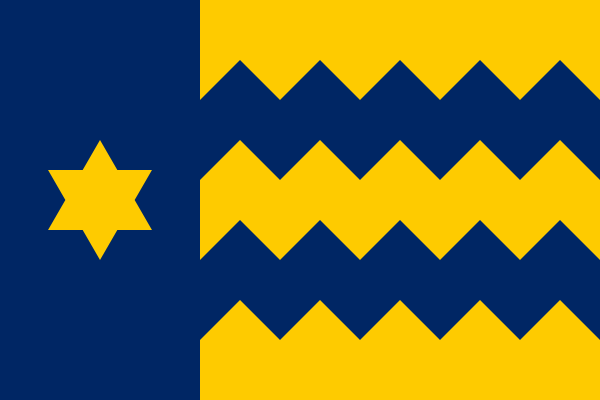
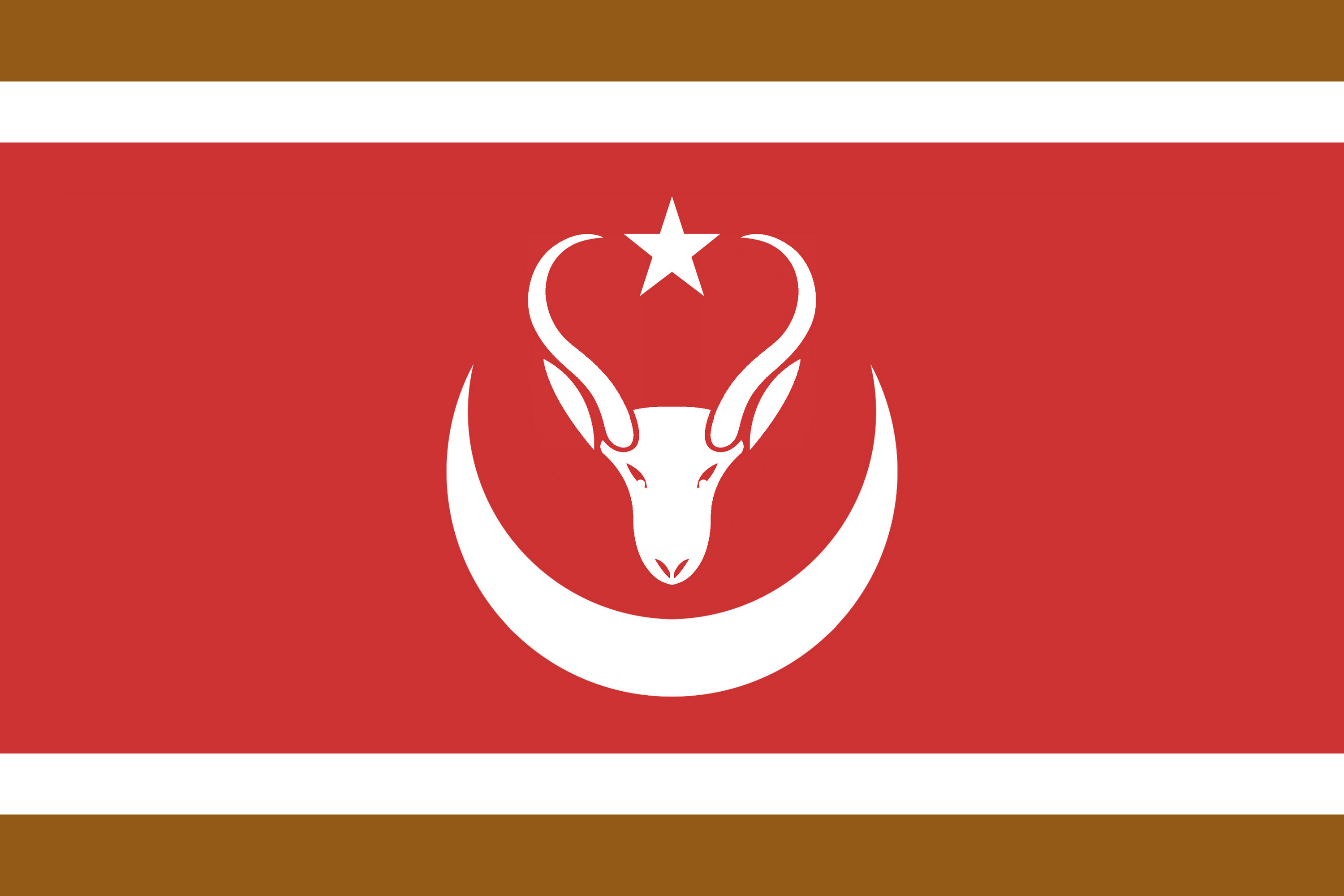
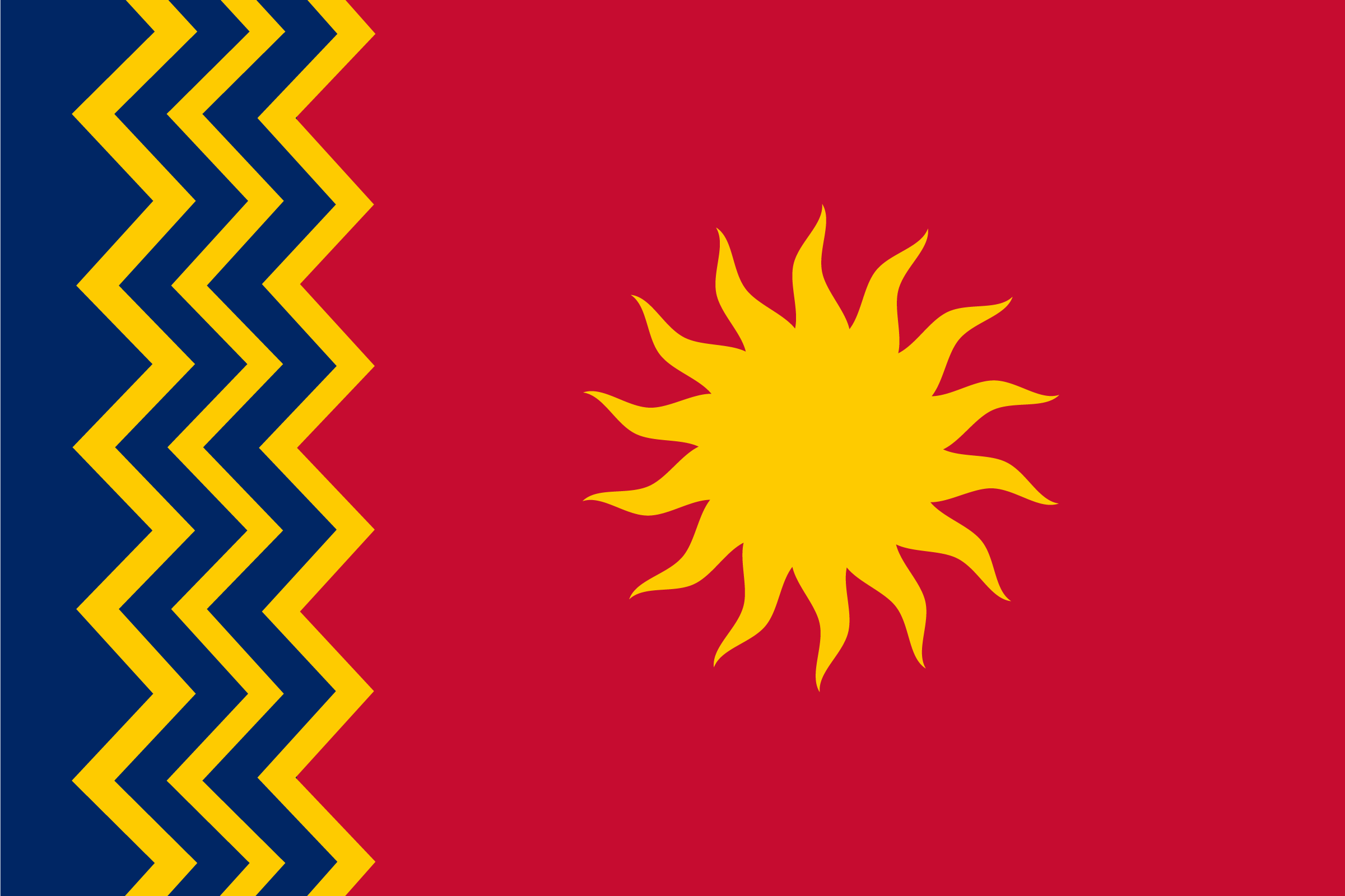
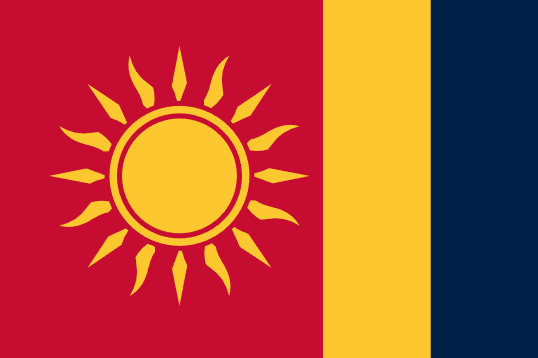





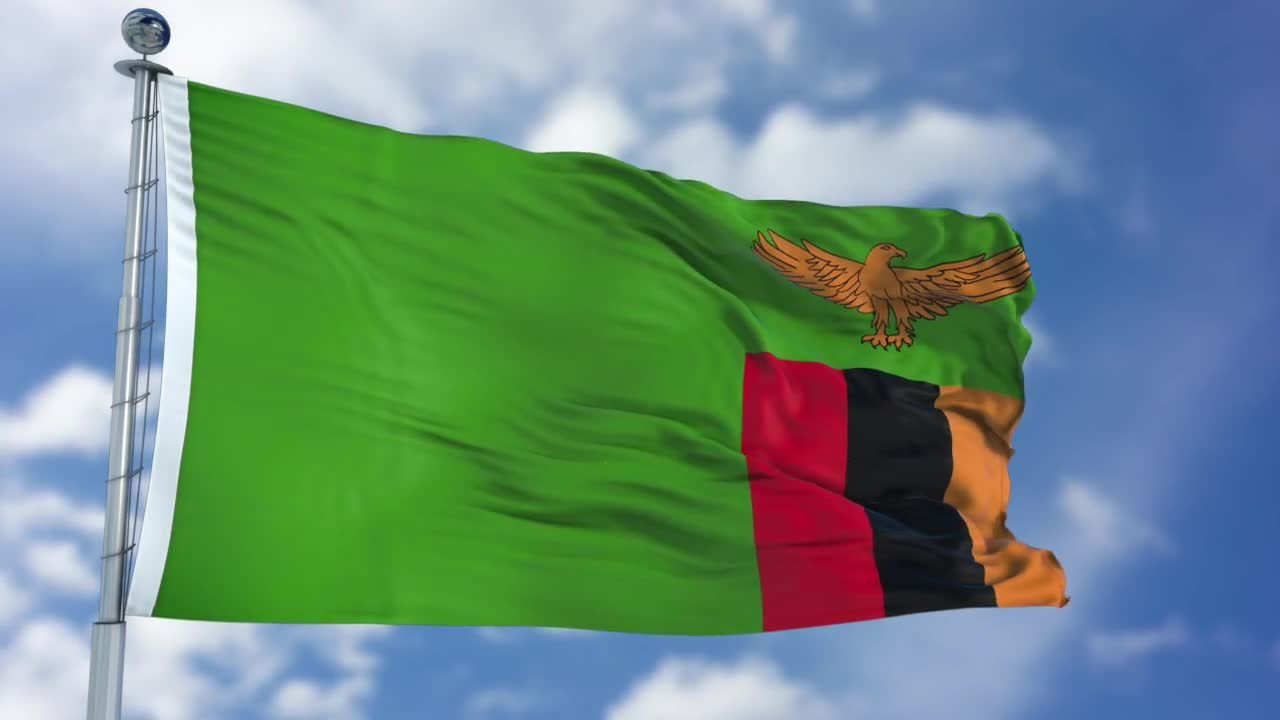
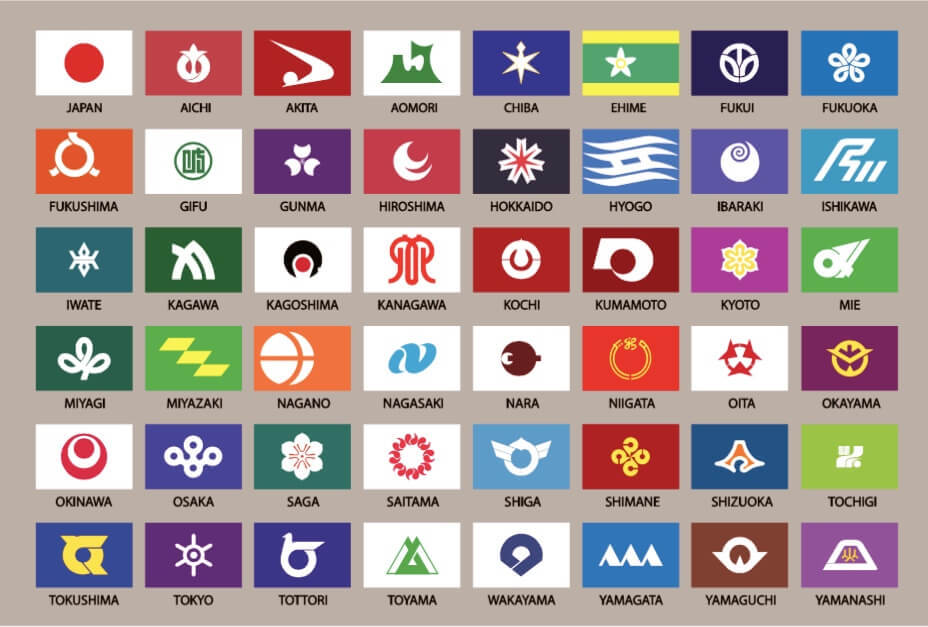

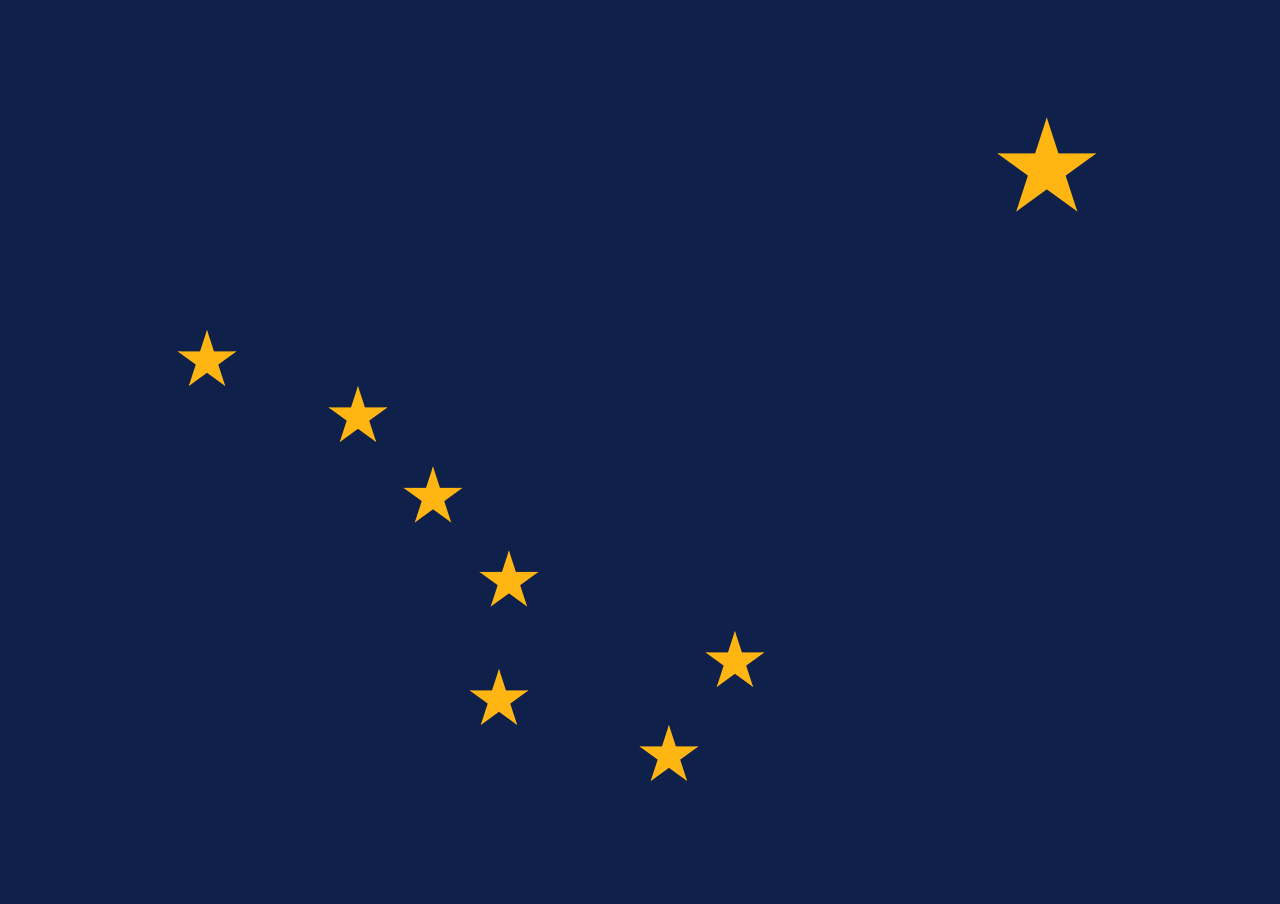


Then let's do some inane arguing!
It all depends on your color model. If you would use CMYK instead you would see that burgundy is a combination of magenta, yellow and black, just as brown is.
The definition of brown can definitely include blue as well, e.g. W3C defines the keyword brown as rgb(165, 42, 42).